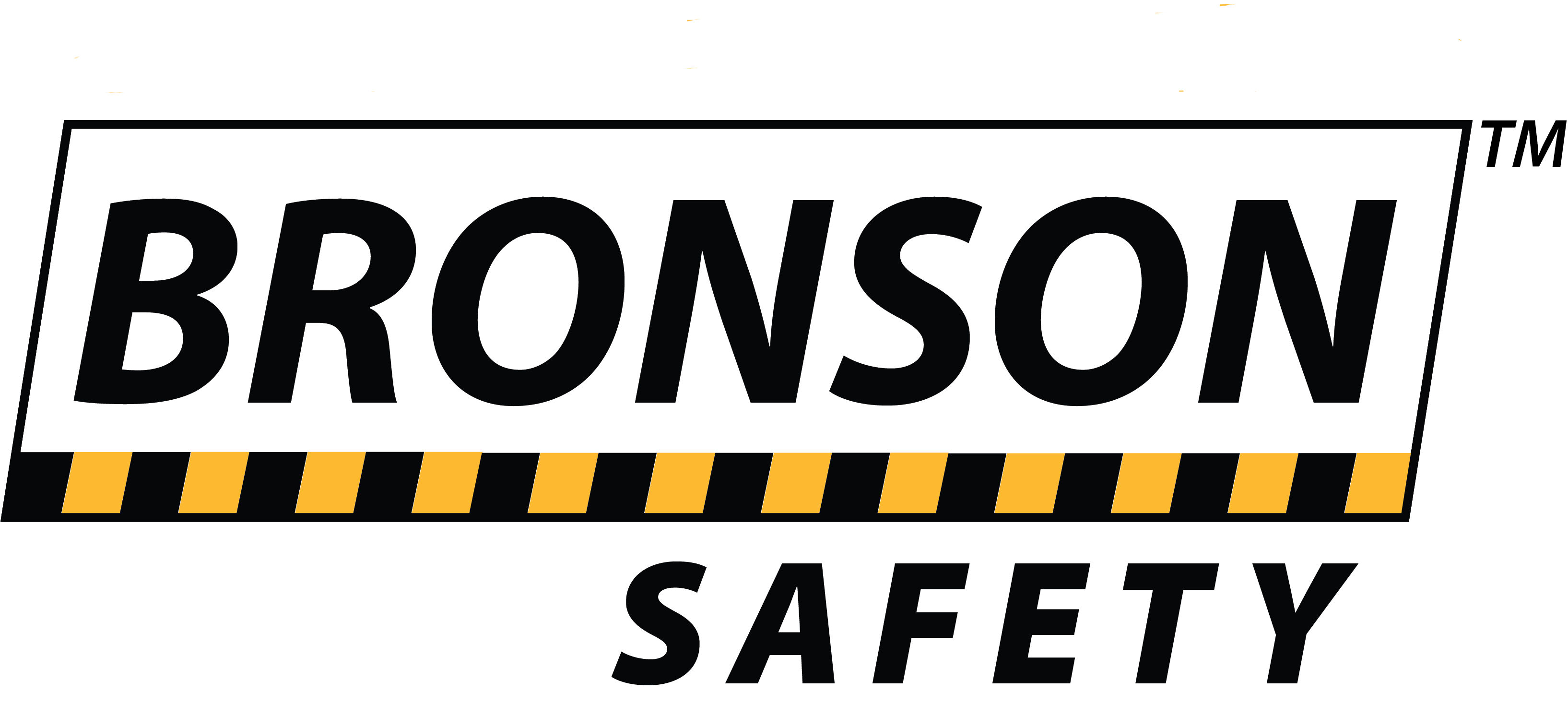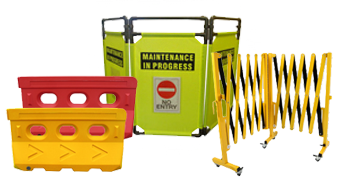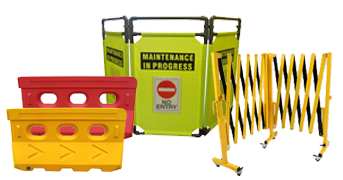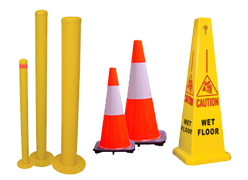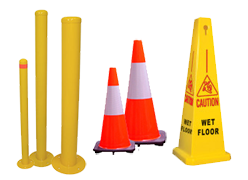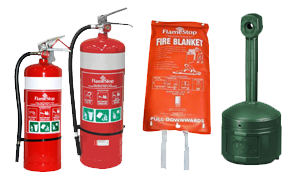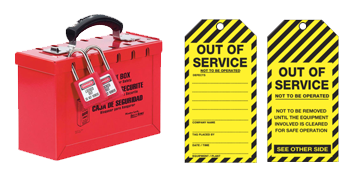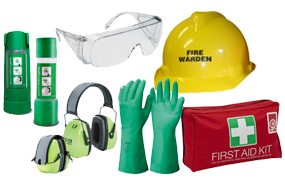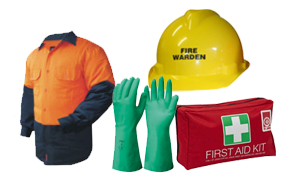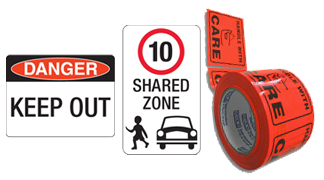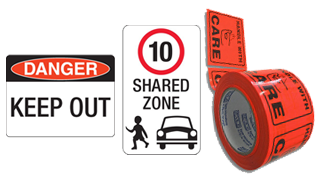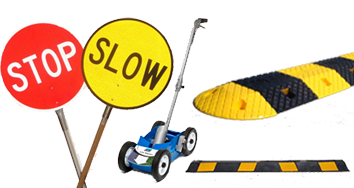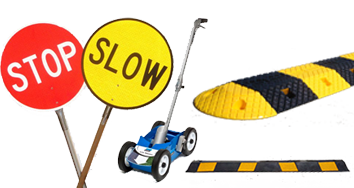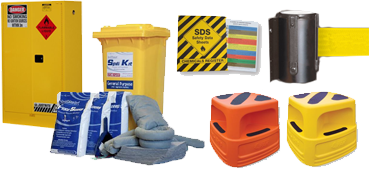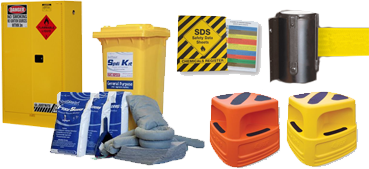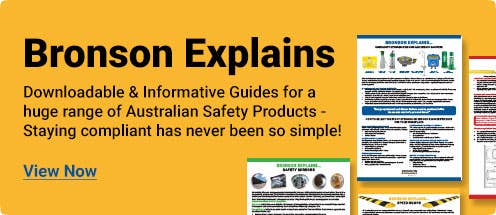Can you hear the not-so-faint sound of Jingle bells playing? The holiday season is nearly here in Australia! This means that a lot of people are breathing a sigh of relief, tying up loose ends at work and preparing to head out on Holidays over the next few days. However, with the increase in trading hours and activity over this period, workplace safety is often overlooked.
Statistics from WorkSafe Australia have indicated that over the past ten years, 22% of all workplace fatalities have taken place during November and December. The holiday season, or "Silly Season" as it is also known, can cause employees to rush or take dangerous shortcuts to meet deadlines or increased demand. This type of behaviour often seems harmless at the time, but can have enormous repercussions to family, friends and loved ones - especially at this time of the year.
Industries identified by WorkSafe Victoria as high-risk during the holiday reason include manufacturing, construction, agriculture and retail. In Queensland, over 100 road construction traffic controllers receive work-related injuries during the holiday period often due to lax safety measurements in place to protect against impatient drivers and heavy traffic. For this reason, our team at Bronson Safety have compiled our top 5 tips to help manage holiday safety risks in the workplace.
1. Prepare a WHS Risk Management Plan
A WHS risk management plan is important to ensure that every member of the workforce is pertaining to the same safety obligations. This plan should be set out prior to any work taking place on a site and should be made readily available to all workers.
Risk management involves the identification and analysis of all hazards likely to arise during work, including the setting up, operations, natural changes over a period of work, and the closing process. Appropriate measures must be put in place at all points in this chain to determine and manage exposure to risks. This process is appropriate at all levels of planning and operation, including when preparing standardised plans and procedures for the conduct of minor or mobile work, and for more extensive or complex work involving site-specific risks, where applicable.
For example, a WHS risk management plan is a requirement to ensure the health and safety of construction workers, especially on road-side jobs. Many of these jobs are considered "high risk" due to the nature of the tasks and close proximity to many hazards, including fast-moving vehicles. A PCBU (person conducting a business or undertaking) for high-risk construction work must ensure a WHS risk management plan is prepared before any work is undertaken. This plan must identify all aspects of the work that is high risk, describe the measures that should be implemented to control the risks, and how these measures will be monitored and reviewed.
2. Identify and manage worker fatigue
Decreased attention span and greater levels of fatigue are two common symptoms felt by many Australians as the holiday season approaches. Fatigue is a workplace hazard that directly affects the safety and health of an individual employee, and also has second-hand repercussive effects on the employer. Fatigue can directly reduce motivation and reaction time and is known to impair concentration and memory. All these traits are highly important aspects for guaranteeing the successful completion of any work, especially labour-intensive or hands-on type of jobs.
Employers can use a number of methods to prevent and manage fatigue in the workplace. Making precautionary adjustments to safety measures in the lead up to the holiday season is one great way to manage the effects of fatigue. An example of an adjustment may include enforcing more frequent breaks and shorter bursts of work, to help staff recuperate as the weather heats up.
Taking active measures to cool-down using fans or air-conditioning in a working area is another method that is very likely to reduce employee fatigue. Decreasing the temperature in a workspace and improving airflow are likely to result in fewer cases of fatigue at work. Another method to cool down a workspace is to reduce the number of people active in each area. This will ultimately reduce the amount of body heat shared between workers and is also likely to also improve airflow.
One final method that our team at Bronson Safety have practised over the past four years and found very successful, is to provide staff with refreshing fruit slices or icy electrolyte-filled snacks at intermediate periods throughout the day. This practice not only improves hydration, which is known to affect fatigue and alertness, but it also encourages staff to recognise fatigue-symptoms and understand the relation between fatigue and dehydration.
3. Ensure that new employees are properly inducted
In the lead up to the busy holiday period, a large percentage of Australian companies will hire between 1 and 100 new staff to help meet increased customer demand. Statistics indicate however that only 25% of staff hired directly before the holiday period are likely to be retained past February of the next year.
With these last-minute and often short term hires, many businesses are likely to drastically shorten or entirely skip important induction procedures. Bronson Safety would like to take this opportunity to remind you that this is never acceptable. Instead, it is recommended that businesses revise and compact Staff Induction Procedures in preparation for new staff hires at this time.
2 top tips to create great Staff Induction Procedures for holiday hires:
- Reduce induction procedures to cover only what is directly related to each new hire's position and jurisdiction. Many induction procedures tend to be generalised and will cover more than what is required. Shortening the induction will reduce the amount of time it will take to cover the necessities and will make the task more manageable in a busy environment.
- Teach other staff how to perform inductions to help take some of the stress and responsibility away from busy managers or business owners. Selecting a number of capable and responsible staff to learn and manage new staff inductions over the holiday period will help to guarantee that induction procedures are taking place without adding to the workload of high-level staff. As an added bonus, this practice is likely to raise awareness for and improve the adoption of safety procedures in a workplace, by placing the staff at the head of it.
Don't forget! Your induction procedures must cover the company's health and safety procedures, including emergency evacuation information, location of first aid and the identity of fire wardens and other important personnel. This information is crucial for maintaining a safe and secure workplace and should not be skipped during induction for any reason.
